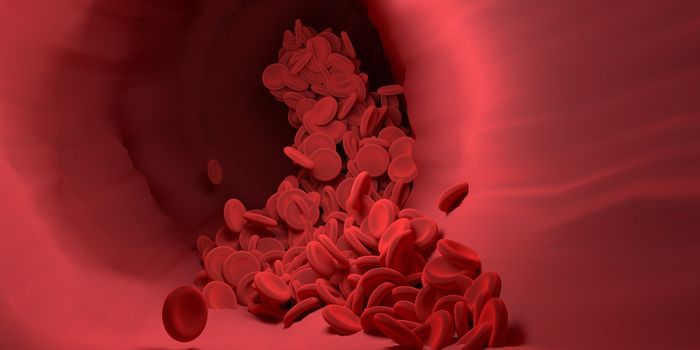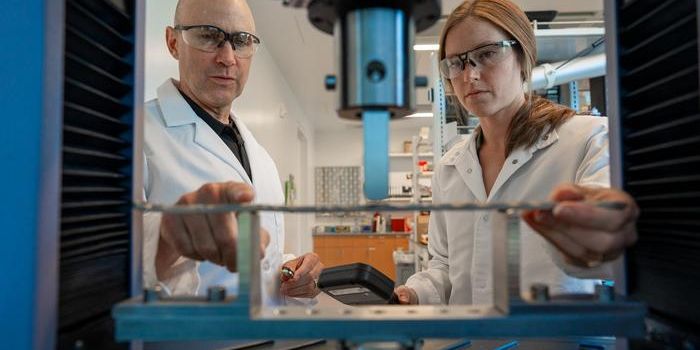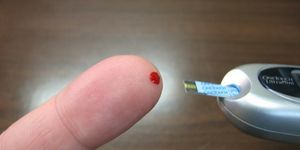Protein Modification Responsible for Heart Failure
There’s a new explanation for why a unique type of heart failure doesn’t respond to traditional drugs used to treat the condition. A common cellular process that provides the body with the simplest form of energy can be misplaced in heart proteins, ultimately leading to heart failure.
From scientists at Johns Hopkins Medicine, a new study published in Circulation: Heart Failure shows misguided phosphorylation of a specific heart muscle protein as a root cause of heart failure. Phosphorylation is the cellular process, an energy exchange, where ATP is produced as a result of a third phosphate group being added to ADP.
The type of heart failure that develops as a result of protein modification in the heart is characterized by “preserved ejection fraction,” which means that the heart fails to pump out an adequate amount of blood with each contraction. This prevents the heart from “relaxing” between each heartbeat, causing the the heart to work too hard, which ultimately leads to heart failure.
Experts estimate that 23 million people worldwide are impacted by this specific type of heart failure, and they do not respond to common heart failure medication as people with different types of the disease.
“Different individuals may have more or less altered phosphorylation that might help us someday identify patients who may benefit from targeted therapies,” explained senior author Anne M. Murphy, MD.
Findings from previous studies showed that altered phosphorylation occurred in the heart muscle protein cardiac troponin I (cTnI), which plays a role in regulating heart contraction. In particular, phosphorylation at a specific site on the protein, cTnI Serine 199, had a very strong association with heart failure.
In the current study, Murphy and other Johns Hopkins researchers aimed to determine if there is a direct link between Serine 199 phosphorylation and heart failure by comparing two strains of mice:
-
Hyperphosphorylation of the mouse version of Serine 199
-
No phosphorylation of mouse Serine 199
Using echocardiography and catheters, they measured each mouse type’s heart function after stimulating both experimental mouse types with adrenaline. The hyperphosphorylation mice were much less able to increase the ejection of blood from the heart.
With these and previous results in mind, scientists are hopeful that developing drugs that inhibit phosphorylation of specific protein sites could be a new way to treat heart failure.
Sources: Nature, Johns Hopkins Medicine









